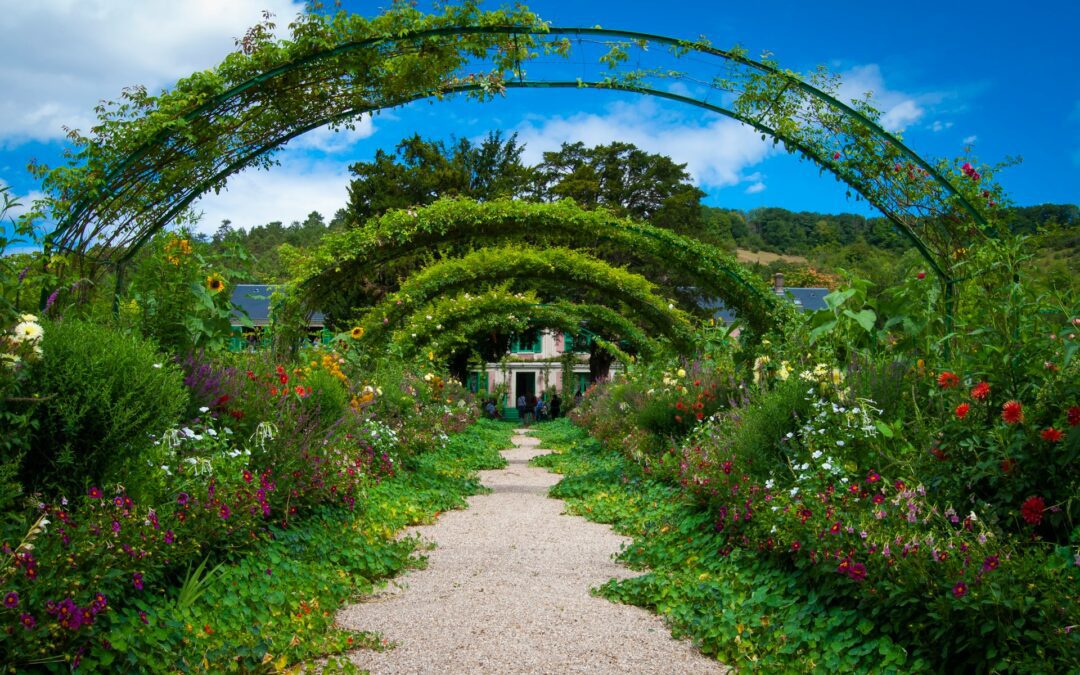When we imagine our ideal garden in Langley, visions of lush greenery, vibrant flowers, and buzzing bees often fill our minds. But beyond beauty, gardens hold the potential to be sanctuaries for local wildlife, offering refuge and resources to various creatures. At our core, we believe that every garden can contribute positively to the local ecosystem, turning outdoor spaces into havens for both people and wildlife.
Creating a wildlife-friendly garden involves more than just planting a few flowers. It requires a thoughtful approach to landscaping that considers the needs of local wildlife species, from birds to butterflies to small mammals. In Langley, where our natural landscape is both diverse and breathtaking, we possess a unique opportunity to engage with nature directly in our backyards. By employing specific plants and materials and structuring garden spaces to support these creatures, we can foster a vibrant ecosystem right outside our doors. As we share our insights on making gardens more wildlife-friendly, we focus on practical, sustainable methods that any Langley gardener can adopt to make a significant impact.
Understanding the Basics of Wildlife-Friendly Gardening
Creating a wildlife-friendly garden is about more than just planting a few flowers and hoping for the best. It’s about designing an environment that supports various forms of wildlife throughout the year. We start by assessing the existing natural features of your garden and integrating native plants that offer food, shelter, and nesting materials for local wildlife. By fostering a biodiverse environment, we encourage beneficial insects, birds, and other wildlife to thrive within your garden.
One of the key components is the use of native plants. These plants are pre-adapted to the local climate and require less water, fewer fertilizers, and minimal pesticides. This not only makes your garden care easier but also safer for the wildlife that will come visiting. Additionally, incorporating elements like water sources such as a small pond or birdbath can provide essential resources for wildlife survival, especially during the hot summer months or frozen winters typical in areas like Coquitlam.
Choosing the Right Plants to Attract Local Wildlife
The plants you choose can significantly influence what type of wildlife visits your garden. We emphasize selecting a variety of plants that bloom at different times of the year to provide sustained food sources. For instance, spring flowers can attract early pollinators, while bushes bearing berries in the fall serve food for migrating birds. By carefully selecting a mix of flowering plants, shrubs, and trees, you create a year-round haven for diverse creatures.
Plants like lavender and salvia not only add vibrant colours and fragrances to your garden but are excellent at attracting bees and butterflies. Similarly, incorporating native berry-producing plants like dogwood or elderberry can be particularly appealing to both birds and small mammals. Each selection we make aims at fostering a balanced ecosystem where plants not only beautify your surroundings but also serve a crucial role in supporting local wildlife. By fostering this diversity, your garden becomes a micro-habitat that contributes positively to the environment while providing endless natural entertainment right at home.
Creating Habitats for Birds, Bees, and Butterflies
Creating a welcoming environment for wildlife such as birds, bees, and butterflies involves a bit more than just planting flowers. We focus on developing diverse habitats that meet the various needs of these creatures throughout their life cycles. For birds, this means not only providing feeders and bird baths but also ensuring there are ample nesting sites and natural shelters available in the garden. Dense shrubs, tall trees, and even birdhouses can encourage more feathered friends to take residence.
For vital pollinators like bees and butterflies, we incorporate a mixture of flowering plants that bloom at different times of the year to provide a consistent source of nectar. Additionally, we include features such as sandy patches for butterflies to bask on and undisturbed areas where bees can nest. These small habitats contribute significantly to the health and growth of your garden by ensuring ongoing pollination and adding a delightful layer of life to your outdoor space.
Sustainable Practices for Maintaining a Wildlife-Friendly Garden
Maintaining a wildlife-friendly garden sustainably is key to promoting biodiversity while also protecting the environment. We employ organic gardening techniques that avoid the use of synthetic chemicals, which can be harmful to both wildlife and humans. Composting provides a rich, natural fertilizer that enriches the soil without the drawbacks of chemical fertilizers. Additionally, we use rainwater harvesting systems to minimize water use—a critical factor in sustainable gardening.
Choosing native plants is another practice we champion. These plants are adapted to the local climate and soil, requiring less water and care than non-native species. They also provide the best support for local wildlife, offering the appropriate shelter and sustenance they need to thrive. By implementing these sustainable practices, not only do we create a garden that is beautiful and full of life, but we also contribute to the ecological health of our community in Coquitlam.
In Conclusion
At All Hands on Deck, we’re dedicated to creating outdoor spaces that aren’t just aesthetically pleasing but are also havens for wildlife and examples of sustainable living. From choosing the right plants to implementing eco-friendly maintenance practices, every step we take is designed to enhance both the beauty of your garden and the health of the environment. If you’re looking to transform your outdoor space into a vibrant, wildlife-friendly garden, our custom deck builders are here to help. Connect with us today, and let’s bring your vision to life while contributing positively to our local ecosystem.



Recent Comments